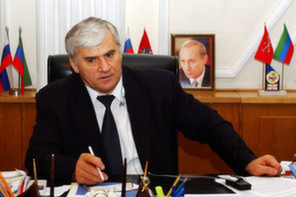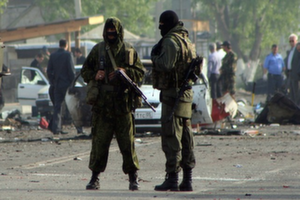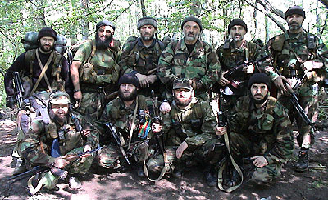What Does Amirov's Arrest Imply For Dagestan?
by Emil Souleimanov (06/26/2013 issue of the CACI Analyst)
On June 1, Makhachkala’s mayor Said Amirov was arrested and transported to Moscow by a military helicopter. The unexpected arrest of the controversial politician, referred to by many as Dagestan’s godfather, has raised questions both inside and outside this North Caucasian republic about the true motive behind a move that was certainly approved by the Kremlin authorities. Does Amirov’s arrest imply a significant change in Moscow’s strategy toward the region’s most volatile republic, or it is rather the outcome of a tactical move without far-reaching consequences for Dagestan’s politics and security?

Attacks In Dagestan Suggest Inefficiency Of Administrative Changes
by Valeriy Dzutsev (06/12/2013 issue of the CACI Analyst)
Hopes for improvement of the security situation in Dagestan gradually dissipate as attacks intensify in the republic. In spite of an anti-corruption campaign introduced by Dagestan’s new acting president, harsher government tactics appear to be matched by more exasperated attacks by the militants, while new anti-insurgency jamaats are formed to avenge the casualties of terrorist attacks. As an impressive administrative reshuffle ensues in the volatile republic, few substantive reforms are promised that could improve the situation in the long run, such as granting the Dagestani public more influence in the republic’s government.

CACI Analyst, May 29, 2013
NORTH Caucasus Insurgency Makes Inroads To Tatarstan, Bashkortostan
by Emil Souleimanov 05/29/2013 issue of the CACI Analyst)
Recently, a number of observers have pointed to the increasing threat of militant Salafism in the Volga-Ural region, namely, the republics of Tatarstan and Bashkortostan inhabited by a Muslim majority population. Whilst assessments of the severity of the present threat vary, most specialists admit that what is considered the spread of Jihadism to the Russian hinterland should be regarded in light of the ongoing insurgency in the North Caucasus. This article aims to explore the links of North Caucasian insurgents to the Volga-Ural region and the potential of “Wahhabi terrorism” particularly in Tatarstan






